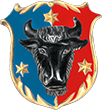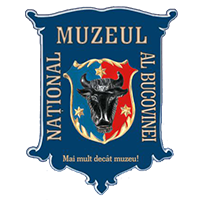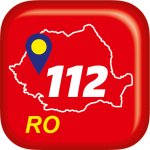This website uses cookies so that we can provide you with the best user experience possible. Cookie information is stored in your browser and performs functions such as recognising you when you return to our website and helping our team to understand which sections of the website you find most interesting and useful.
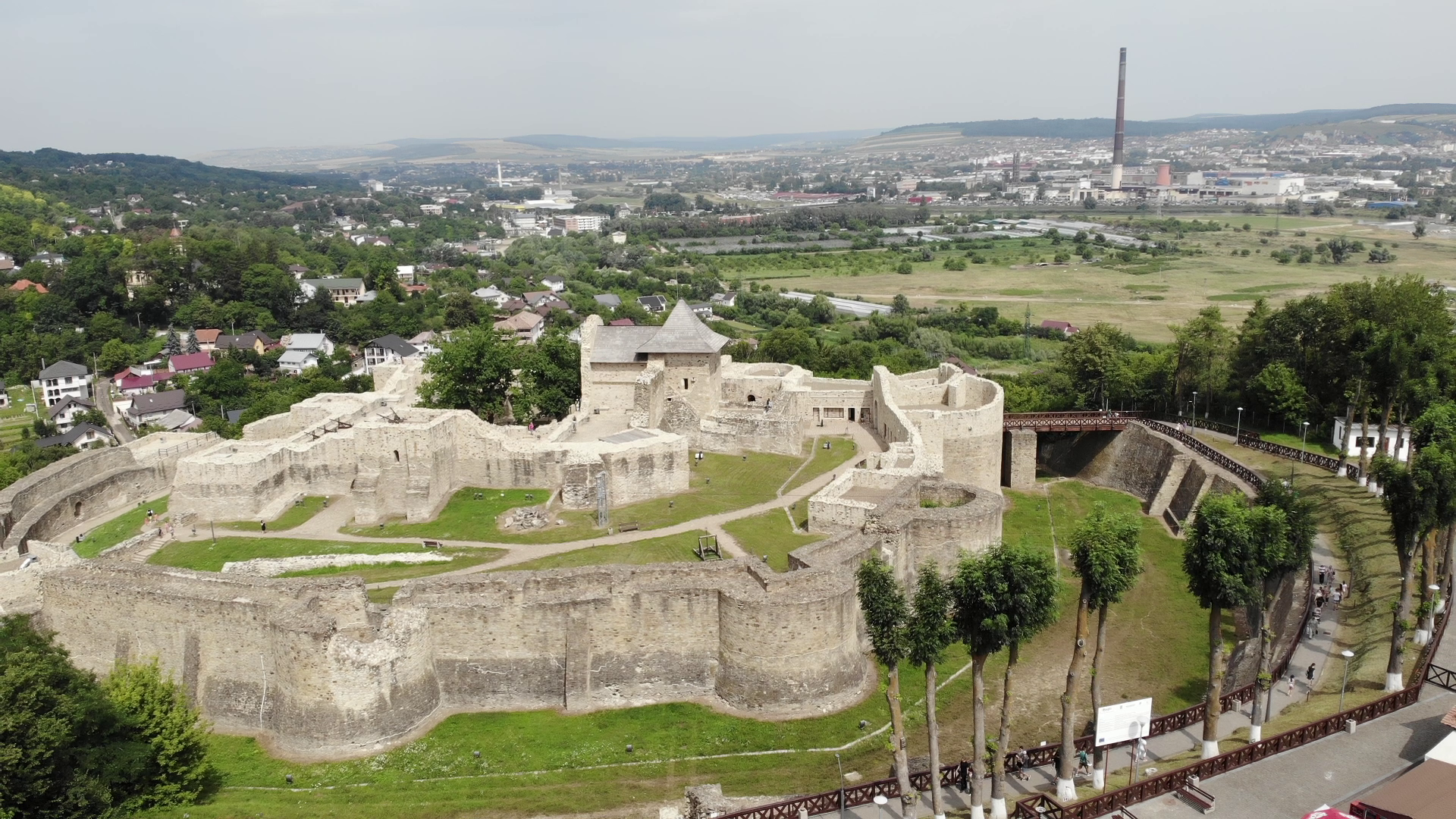
History
The history of the establishment of the museum beginns more than 100 years ago. On the 4th of January 1900, a few intellectuals from Suceava founded the Society ”Museum” with the purpose of maintenance and capitalization of the historical relics of the city for the public. This initiative appeared when, at the Princely Fortress of Suceava, cleaning operations of the ruins were carried out under the guidance of the architect Karl A. Romstorfer. On this occasion plenty of medieval objects were discovered. The wish for the discovered pieces to remain in Suceava determined the teacher Iosif Fleişer to propose the opening of a museum in Suceava, as branch of the Cernăuți museum.
The first meeting of the Society Museum which didn’t have a headquarters and a collection, being a particular initiative, was moderated by Franz von Des Loges , mayor of the Suceava city. The first members of the founded society were personalities of the city, whose activity is known also nowadays. The President of the new founded Society, Ştefan de Repta, belonged to an old Bukovinean family, of which many personalities have come out. He was teacher and then principle at the Greek-Oriental high school, the future ”Ştefan cel Mare” high school of Suceava. Mayor between 1891 and 1914, Franz von Des Loges remained in the memory of the locals as one of the most active authority of Suceava and for his efforts he was decorated by the Romanian state. Appointed as secretary of the Society, George Mihuţă was priest, doctor in theology, preoccupied by the history of native places. The cashier of the Society, Animpodist Daschievici was doctor in philosophy and teacher of history and geography at the Greek-Oriental high school.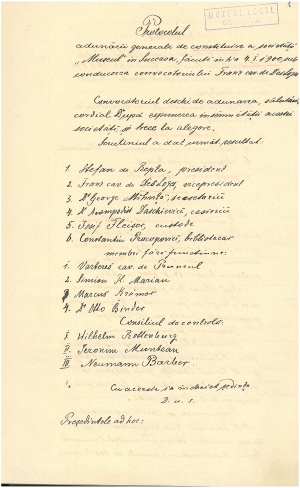
Iosif Fleişer, the first custodian of the museum was a history teacher. In his evocations, his son, the priest Ioan Flaişer remembers his father as being preoccupied with the history books or studying the coins discovered in the fortress. The following custodian appointed after the death of Iosif Fleişer was Alfred von Peyersfeld. In this period there are drawn up the first collection inventories and there is organized the material collected over time.
Together with the union of Bukovina with Romania there was necessary a re-establishment of the museum within the authority of the new state. In a letter dated the 12th of December 1923, the prefect of Suceava asks the Minister of Arts to transfer the museum, initially a private society, to the ownership of the tower hall. Ten days later, the answer is received:”we are honoured to let you know that we approve to transfer to the ownership of the Suceava town hall, the objects belonging to the Local Museum Society”. In 1924, at Suceava Law Court there is registered as juridical person the Society Museum from Suceava, immediately. By the registered statute (maintained in the initial form) the society sets oneself to promote and extend the archaeological, historical and ethnographical knowledge of the country. The society has as purpose the “exploration” of the Suceava city and of the surroundings and the results of this research will be presented within some exhibitions and published under the form of reports or articles. The collaboration with Bukovina’s Museum is maintained furthermore and in case of dissolution of the Suceava museum, the heritage will be transferred to Cernăuţi, although the destiny wanted to be backwards. There is maintained the previous statute, with small amendments given by the need of being translated into Romanian.
After years of work, in 1928 there will be inaugurated the museum dedicated to Ciprian Porumbescu. Although it was desirable to have the headquarters in Cernăuţi, different impediments changed the location to Suceava, as division of the Town Museum. The priest Constantin Morariu was the one who struggled for this museum to be founded with the purpose of glorifying the memory of the great Bukovinean composer. Among the exhibits there could be founded Ciprian’s cello, portraits and photos, scores and letters, personal objects of the composer and of his family.
In the first decades of its existence, the biggest problem the museum confronted with, after the lack of some important funds was the inexistence of an appropriate space. From the beginning, its collections were moved in three locations from Suceava and the substantial extension of the heritage, by many discoveries, but also by private donations added new problems to the custodians of the museum. Heritage objects disappeared from one of the locations, the one which was the garrison of the city. After war, up to 1923, the collections of the museum were sheltered in the building of the High School for Girls. After Dr. Eusebie Popovici wasn’t the principal anymore, it was wanted the relocation to the headquarters of the town hall, thing which was accomplished only in 1928. The lack of an adequate building where the cultural institutions could receive people keen on spiritual enrichment was felt keenly, the library being in the same situation. ”The migrant museum”, as Leca Morariu names it will carry on the peregrinations through the city after it reaches another headquarters, this time an adequate one.
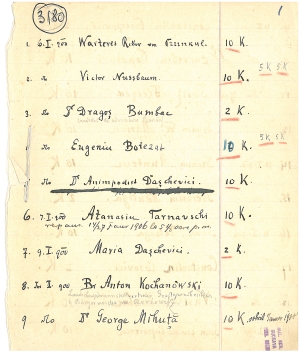 ”The National House” was built in classical style, of a rectangular plan, on three levels and in the central part had a sumptuous entrance U-shaped, with snail stairs. Next to the headquarters of the museum together with the section dedicated to Ciprian Porumbescu there can be found the library, a conference room, a concert hall and shops. Built after the project of the architect Conrad Bittner, the building had two wings, the first dating from the beginning of the 20th century and the second after the First World War. Unfortunately, the systematization policy of the communist authorities destroyed this building for which many intellectuals of Suceava fought to be erected in the years after the First World War with the purpose to be “the cultural home of the Romanians of Suceava”. The property situated in the central area of the city, in November street, no. 2 hosted the museum as of 1932 and until 1968, when this beautiful building was demolished.
”The National House” was built in classical style, of a rectangular plan, on three levels and in the central part had a sumptuous entrance U-shaped, with snail stairs. Next to the headquarters of the museum together with the section dedicated to Ciprian Porumbescu there can be found the library, a conference room, a concert hall and shops. Built after the project of the architect Conrad Bittner, the building had two wings, the first dating from the beginning of the 20th century and the second after the First World War. Unfortunately, the systematization policy of the communist authorities destroyed this building for which many intellectuals of Suceava fought to be erected in the years after the First World War with the purpose to be “the cultural home of the Romanians of Suceava”. The property situated in the central area of the city, in November street, no. 2 hosted the museum as of 1932 and until 1968, when this beautiful building was demolished.
After multiple interventions at the local authorities and also at the central ones concerning the resolution of the situation of Bukovina’s Museum established at Suceava, following the letter no. 7609/947 from the 3rd of May 1947 received from Ministry of Arts, Arts Department, the director Nicolai Grămadă is communicated the decision of the High Council of Museums: ”Bukovina’ Museum should merge in the Museum of the Suceava city under the name of the Regional Museum of Bukovina. Concerning the location, the Regional Museum of Bukovina will be entirely sheltered in the National House, in the city, in a big building, from which, at the moment, only two rooms are destined to the museum of the city”. The teacher Grămadă was the last director of Bukovina’s Museum of Cernăuţi and the first director of Bukovina’s Museum with the headquarters in Suceava.
The Museum of Suceava will again change its name in three years when it becomes Divisional Museum and then the Regional Museum of Suceava. After the new administrative division of Romania in 1968, the institution will bear the name Suceava County Museum which will be kept during the entire communist period. In 1990 the museum gets back the old name, that of Bukovina’s Museum, which is being kept also nowadays.
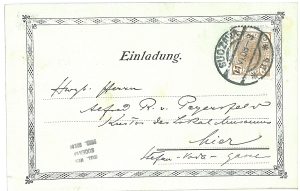 In the communist period the museum extends by the appearance of new departments. In 1953 the exhibition organized in the memory of the well-known Bukovinean composer Ciprian Porumbescu is reopened. Gradually, this section will be enriched with new donations which give the possibility for the extension of the activity of the museum professionals by reopening of a memorial house at Stupca (23rd of November 1971), locality which bears his name, today. The memorial house had in its heritage almost all the scores of the composer, plenty of letters, personal objects, in original.
In the communist period the museum extends by the appearance of new departments. In 1953 the exhibition organized in the memory of the well-known Bukovinean composer Ciprian Porumbescu is reopened. Gradually, this section will be enriched with new donations which give the possibility for the extension of the activity of the museum professionals by reopening of a memorial house at Stupca (23rd of November 1971), locality which bears his name, today. The memorial house had in its heritage almost all the scores of the composer, plenty of letters, personal objects, in original.
The natural science artefacts collection of the city museum is mentioned in 1910, in an article about the geological discoveries in Cernăuţi and in the surroundings. Here could be found a skull Bos primigenius. The natural science division located in the former school for boys, built between 1811and 1814 and which underwent vast restoration presents a permanent exhibition according to ecological criteria (biotopes) to which there are added models of geology and palaeontology.
In 1968 in the building of an old inn of the 17th century opens the ethnography department, which capitalizes one of the most important and valuable ethnographical areas of Romania, Bukovina. The appearance of a new museum fulfilled a long tradition concerning the customs and folk costumes in Bukovina at the end of the 19th century.
In 1961 there is inaugurated the plastic art exhibition where there can be seen painting, graphics and sculpture works of some famous artists from Bukovina at the end of the 19th century and also works of Romanian painters as from the period between the two world wars up to now.
In 1975, following a local initiative, there was created the Local Restoration Laboratory whose specialists saved thousands of heritage pieces from damage and the fructuous collaboration with other museums raised its prestige.

A new stage in the life of the museum begins with the end of the vast restoration works of the building situated in Ştefan cel Mare street, no.33 when a new permanent exhibition is inaugurated and the inner space of the building is slightly changed in order to comply with the requests of the museum specialists of that time.
Carried out by the factory “Decorativa”, specialized in planning and execution of museum exhibitions, the History Museum, in its renewed form will be inaugurated on 17th of July 1980. By rearrangement of the storey space resulted a circular route with 27 halls where Romania’s history is presented chronologically, starting from Palaeolithic until nowadays.
A special attention is given to Suceava city, main princely residence in medieval Moldavia, but also to the afterwards evolution of the northern part of Moldavia, which belonged to the Austrian state. The entire exhibition was presented in a didactical manner, responding to the necessities of most of the visitors who were the students.
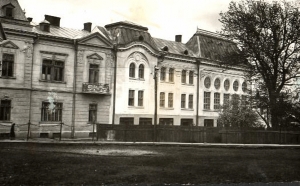
Something new within the carried out exhibition is represented by the “Throne Hall”, a museum reconstitution of a hall existing at the Princely Fortress, in the storey area, which today is demolished. This restoration is based on archaeological discoveries, epoch images and historical descriptions. The background sound is assured by a fragment from the play “Apus de soare” [The sunset] by Barbu Ştefănescu-Delavrancea interpreted by the unique voice of the great actor George Calboreanu.
The History Museum of Siret inaugurated in 1985 was opened in a reference house for the local history, being the property of the lawyer Emanoil Samuşco, former mayor. In the new museum, the unused materials, as well as the discoveries made in the Siret area were capitalized and this way was marked the importance of this city, with plenty of relics from the beginning of the Moldavian state.
In 1990 a few changes take place within the Suceava museum which becomes for a short period Bukovina’s Museum and then, since 1994, Bukovina’s National Museum under the direct subordination of the Ministry of Culture.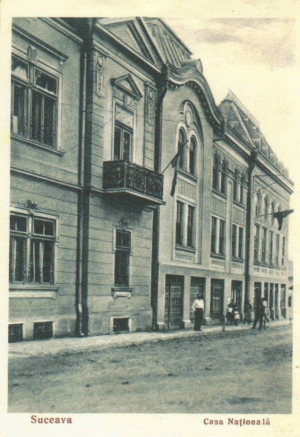
Between 1992 and 2000 the building of the Natural Science Museum was modernized and a new permanent exhibition which valued the old collection and many other collections gathered in the course of time was inaugurated. If in 1980 the permanent exhibition of the History Museum was one of the most progressive, the solutions for the organisation of an exhibition and interacting with the public changed significantly. In the museum there are organized plays and musicals frequently, where there are invited recognized artists, but also amateurs.
Already a tradition is the event Noaptea cea mai lungă (The longest night), which takes place on the night of the 22nd of December, when the revolution of 1989 is commemorated.
Every time there are present artists, poets, culture lovers eager to share memories connected to the event. In order to bring the audience closer to the former history of Suceava, in the last years there have been organized cultural events. The Medieval Arts Festival held at Suceava and whose first edition took place in 2006 had an important role.
Every year in the Princely Fortress there is presented a dramatization of a historical event, based on an accurate scientific documentation, event which marked the history of Suceava and of the medieval Moldavia: the election as ruler of Stephen the Great, the trial of an aristocrat traitor or the entrance of Michael the Brave in the Princely Fortress in 1600. On the occasion of celebrating 620 years since the first documented mention of the Princely Fortress there was organized a vast show with the re-enactment of the siege of the Fortress by Mehmed II in 1476.
The 90 years since the union of Bukovina with Romania were also celebrated by the re-enactment of the entrance of the Romanian army in the city, giving the citizens of Suceava the possibility to relive the emotions of those events.
The project with European funding A heritage building – museum for the third millenium meant the opening of a new stage in the existence of the museum of over one hundred years: the building was entirely modernized, the spaces for the public were extended, a new permanent exhibition which would comply with the requests of muzeography today was opened and the Princely Council Hall was significantly improved and received a new visual identity.
